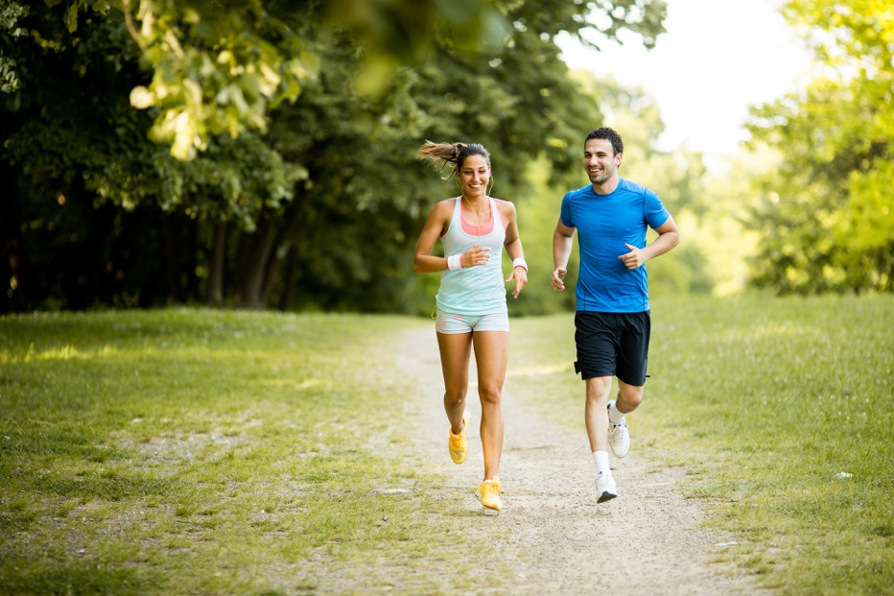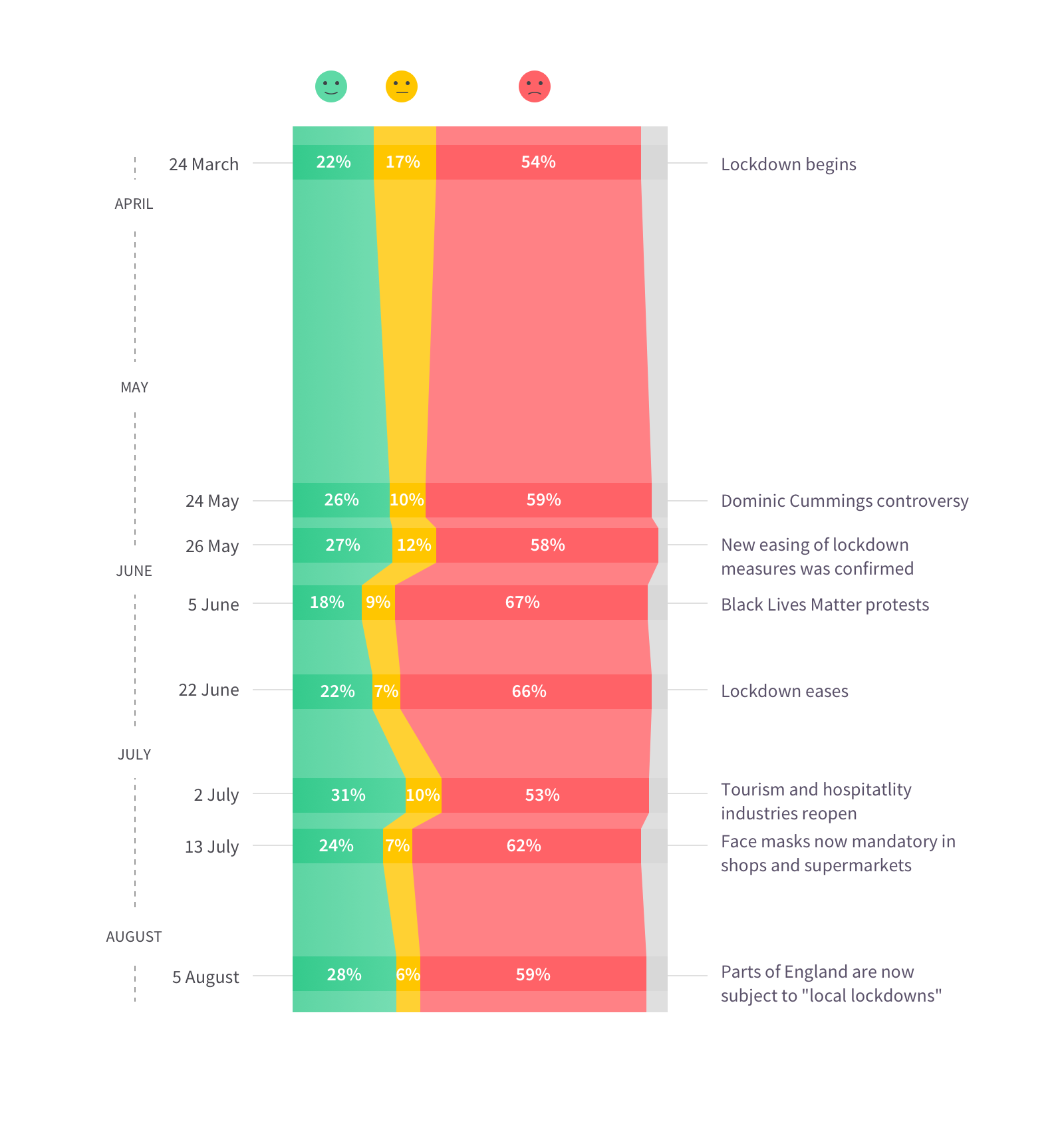COVID-19 UK: How our fitness routines have changed since COVID19

Base: 1200 UK app-based citizens
Male/Female: 30%/70%
18-24/25-34/35-44/45-54/55+: 14%/42%/27%/13%/4%
Using the CitizenMe platform, we went out to our COVID-19 community, which is an open-data research project designed to enable the world's citizens to share real-time opinions and data about COVID-19 with the institutions fighting the epidemic.
Change in the way we are maintaining our fitness
Sporting events and activities have been around for thousands of years and are likely to be around for a thousand more. They are a way for people to physically and mentally better themselves, and are vital to maintaining good health.
During this time of social distancing and avoiding crowds, sporting events and activities have all been postponed. This is unprecedented in the postwar era, with sport normally being the shining light of hope and community globally.
However, the government recognises the importance of exercise as it is considered one of the few important reasons that allows people to leave their homes during lockdown.
We have looked at what has been the change in behaviour among our UK citizens regarding sport and exercise.
The difference between sport and exercise
Before we go into the change in behaviour from before to after the COVID-19 outbreak, I want to address the difference we see between the interpretation of sport and that of exercise.
Here are a couple of definitions:
Within our sample, we do see a that our respondents know the difference:
58% of people say they don’t play any sport but only 22% say they don’t exercise. This shows that people are able to see the difference between the two fitness-building terms.
What is even more interesting is when you compare the frequency of each with one another using a cross-section analysis:
From the cross-section, you can see that those who play sport in some manner also exercise in some way too. Yet on the flipside, of those who exercise at least 1-2 times a week, on average 45% say they don’t play sport.
There also seems to be a dramatic difference between those who exercise often (at least 3 times a week) versus those who exercise less often (at least 1-2 times a week). Recognising this can really help in understanding the motivations of fitness among sports fanatics versus exercise enthusiasts. This knowledge also supports how best to market to these groups.
Are people exercising more or less since the COVID-19 lockdown?
From our analysis, respondents say they are both playing sport and exercising less (66% and 49% respectively). Although this decrease is to be expected, we still find that 1 in 5 have managed to maintain or increase how often they exercise:
We know that exercising during this time is really important, and our findings show that for those who say they are exercising more, they are also feeling more physically healthy than before the lockdown. This illustrates that people are able to work on their physical fitness when there is less to do, and it provides an option to escape lockdown in the home.
The 18-24s
One group that is showing this increase in exercising frequency is the 18-24s age group:
The reasons given were they are more able to: easily adapt their exercising routine (27% vs 23% total); or to continue as usual (18% to 21%). The manner in which they have adapted to the current situation is by moving into doing casual exercise and outdoor bits, with 1 in 5 saying they have jogged or run since the lockdown (vs 16% total).
The less frequent exercisers
A positive from the lockdown is that those who stated previously they only exercised 1-2 times over the month are the same individuals increasing their exercise since the lockdown. Although this could be due to them beginning from a lower starting point, the fact previously less frequent exercisers are being motivated to get out of the house - whether as an accepted reason for leaving one’s home or from having more free time - is a good thing:
Indeed, 30% of this group state their physical health has improved, which is nearly double the average of 16%. The main activity of this group is walking (46% vs 39% average).
One of the hardest parts of exercising is starting and then creating a routine. Yet the lockdown has forced some people into that, and it will be interesting - and positive for the country - if those who usually don’t exercise regularly can maintain this when the lockdown is lifted.
New forms of exercise routines
Looking across the 2 key groups of those who say they exercise more often and those who feel more physically able, we can see what activities they have tried since lockdown:
One of the big increases within these groups are those who are taking up fitness programmes on social media. There has been a big initiative from many social media influencers and exercise establishments to drive customer retention, by offering free online classes on social media platforms. Someone like Joe Wick has managed to attract millions of people via social media through his morning classes.
This may well become a new norm: people being able to exercise in an affordable way. This will only happen if the big exercise establishments are willing to continue to provide these services to the nation, once the lockdown lifts.
Time will tell once we all establish the ‘new normal’!






